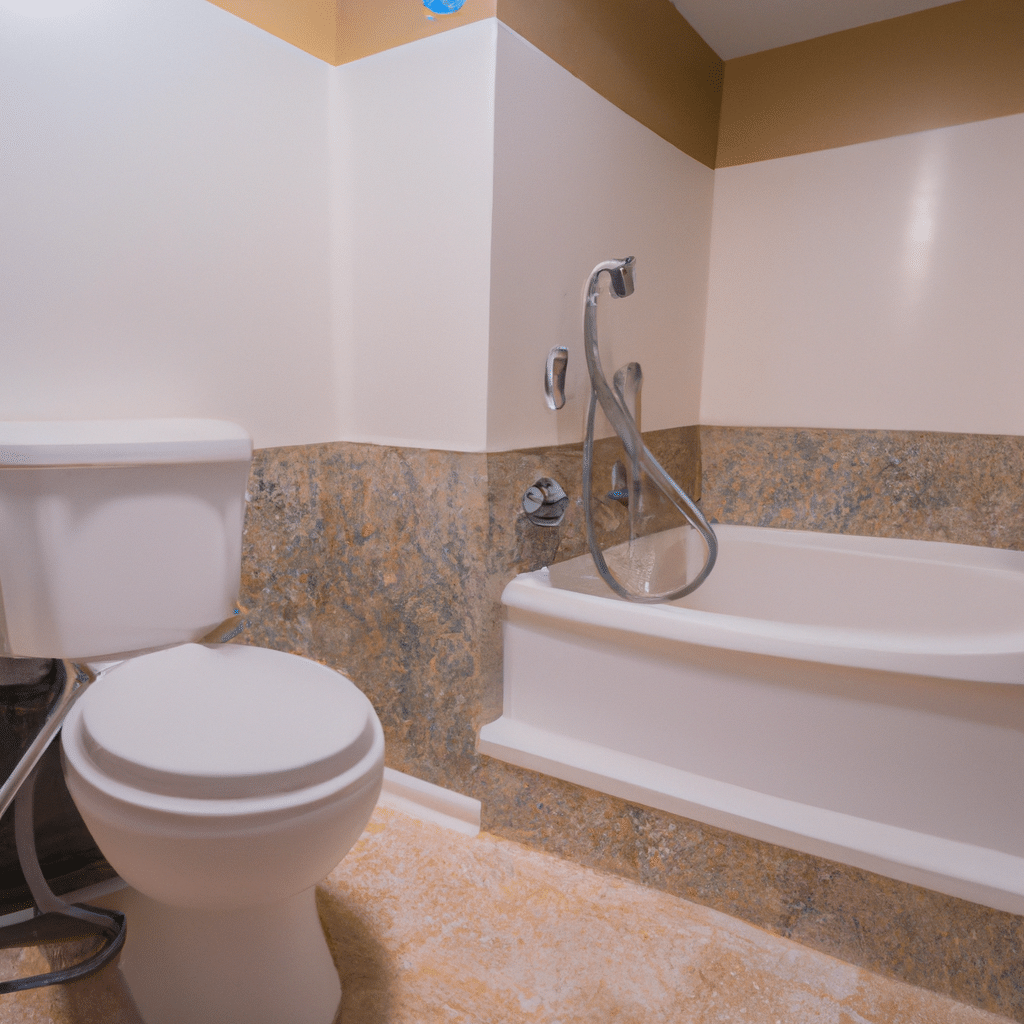Designing a Safe and Accessible Bathroom for Seniors and People with Disabilities

As we age, or if we have a disability, our mobility, balance, and flexibility can decrease, making it challenging to use the bathroom safely. Simple tasks such as taking a shower or using the toilet can become difficult, even dangerous, without proper bathroom design. In this article, we will discuss the importance of designing a safe and accessible bathroom for seniors and people with disabilities. We will also provide tips and recommendations for designing or remodeling a bathroom to meet these needs.
- Understanding the Needs of Seniors and People with Disabilities
To design a safe and accessible bathroom for seniors and people with disabilities, it’s essential to understand their unique needs. Some of the common challenges they face include reduced mobility, balance issues, and decreased strength.
For example, some people may need additional support when using the toilet or getting in and out of the bathtub. Others may require grab bars and non-slip flooring to prevent falls.
- Designing an Accessible Bathroom Layout
When designing a bathroom for seniors and people with disabilities, it’s crucial to keep the layout in mind. The bathroom should be spacious enough to accommodate a wheelchair or walker. There should also be enough room to move around comfortably.
Additionally, the bathroom should have a clear path to the toilet, shower, and sink. There should be enough space around these fixtures to accommodate a wheelchair or other mobility aids.
- Choosing the Right Fixtures
Choosing the right fixtures is essential when designing an accessible bathroom. For example, a walk-in tub or shower with a built-in seat can be an excellent option for people who have difficulty standing for long periods.
Toilets with a higher seat height can also be beneficial for seniors and people with disabilities. This can make it easier for them to sit down and stand up without assistance.
- Installing Grab Bars and Handrails
Grab bars and handrails are essential safety features in an accessible bathroom. These fixtures provide additional support and stability when using the toilet, shower, or bathtub.
When installing grab bars and handrails, it’s essential to ensure they are securely attached to the wall. They should also be positioned at the right height and angle to provide maximum support.
- Choosing Non-Slip Flooring
Non-slip flooring is another critical safety feature in an accessible bathroom. This type of flooring can help prevent falls, especially in wet areas such as the shower or bathtub.
There are several options for non-slip flooring, including textured tiles and slip-resistant coatings. It’s important to choose a flooring material that is both slip-resistant and easy to clean.
- Improving Lighting and Accessibility
Finally, improving lighting and accessibility can make a significant difference in the safety and usability of an accessible bathroom. Bright, well-lit areas can help prevent trips and falls, while additional lighting around the mirror can make it easier to see while getting ready.
Additionally, installing hand-held showerheads and easy-to-reach faucets can make it easier for seniors and people with disabilities to use the bathroom independently.
Conclusion
is essential for their safety and independence. By understanding their unique needs and selecting the right fixtures, flooring, and lighting, you can create a bathroom that is both functional and beautiful. Whether you are designing a new bathroom or remodeling an existing one, it’s important to prioritize accessibility and safety to ensure the best possible outcomes.

